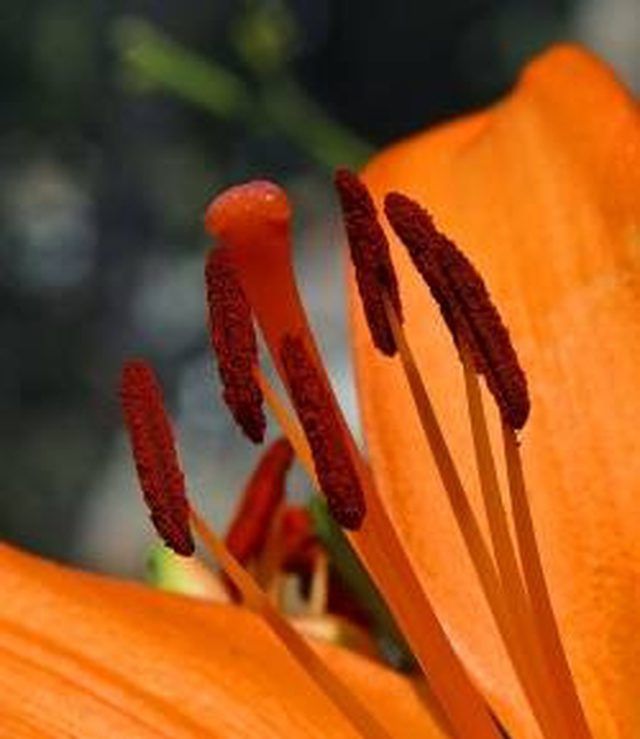Bulbs
Flower Basics
Flower Beds & Specialty Gardens
Flower Garden
Garden Furniture
Garden Gnomes
Garden Seeds
Garden Sheds
Garden Statues
Garden Tools & Supplies
Gardening Basics
Green & Organic
Groundcovers & Vines
Growing Annuals
Growing Basil
Growing Beans
Growing Berries
Growing Blueberries
Growing Cactus
Growing Corn
Growing Cotton
Growing Edibles
Growing Flowers
Growing Garlic
Growing Grapes
Growing Grass
Growing Herbs
Growing Jasmine
Growing Mint
Growing Mushrooms
Orchids
Growing Peanuts
Growing Perennials
Growing Plants
Growing Rosemary
Growing Roses
Growing Strawberries
Growing Sunflowers
Growing Thyme
Growing Tomatoes
Growing Tulips
Growing Vegetables
Herb Basics
Herb Garden
Indoor Growing
Landscaping Basics
Landscaping Patios
Landscaping Plants
Landscaping Shrubs
Landscaping Trees
Landscaping Walks & Pathways
Lawn Basics
Lawn Maintenance
Lawn Mowers
Lawn Ornaments
Lawn Planting
Lawn Tools
Outdoor Growing
Overall Landscape Planning
Pests, Weeds & Problems
Plant Basics
Rock Garden
Rose Garden
Shrubs
Soil
Specialty Gardens
Trees
Vegetable Garden
Yard Maintenance
What Is the Male Part of the Flower?
What Is the Male Part of the Flower?. Plants that reproduce sexually have male and female parts, which are located in the flowers. Several of the male structures, called stamens, surround a female structure called the pistil. The stamens produce sperm cells that fertilize egg cells contained in the base of a pistil, often one that is located in a...

Plants that reproduce sexually have male and female parts, which are located in the flowers. Several of the male structures, called stamens, surround a female structure called the pistil. The stamens produce sperm cells that fertilize egg cells contained in the base of a pistil, often one that is located in a different plant.
Parts of the Stamen
Each stamen consists of a filament and an anther. The filament is a long thin stalk that supports the anther. The anther contains four anther sacs (microsporangia) that produce pollen, the male reproductive cells.
Pollen Grains
Pollen grains are covered with an outer shell called the exine. They contain germ cells that divide by mitosis to become sperm cells.
Pollination
In order for fertilization to take place, pollen must travel from the male anther to the stigma, the top of the female pistil. Bees, birds, moths, water, wind and humans can all carry pollen from one flower to another. Scientists think that different colored flowers attract different kinds of pollinators. For example, red flowers may be more likely to attract bees than birds. Some flowers may pollinate themselves.
Fertilization
After a pollen grain lands on a pistil, a tube grows out of the grain and descends down to the ovary at the base of the pistil. A sperm cell from the grain travels down the pollen tube to the ovary, where it fertilizes an egg cell.
Types
A flower may contain both male and female structures or only male or only female. Individual plants may have both male and female flowers or only one or the other. Flowers that have male stamens and a female pistil are called perfect flowers.